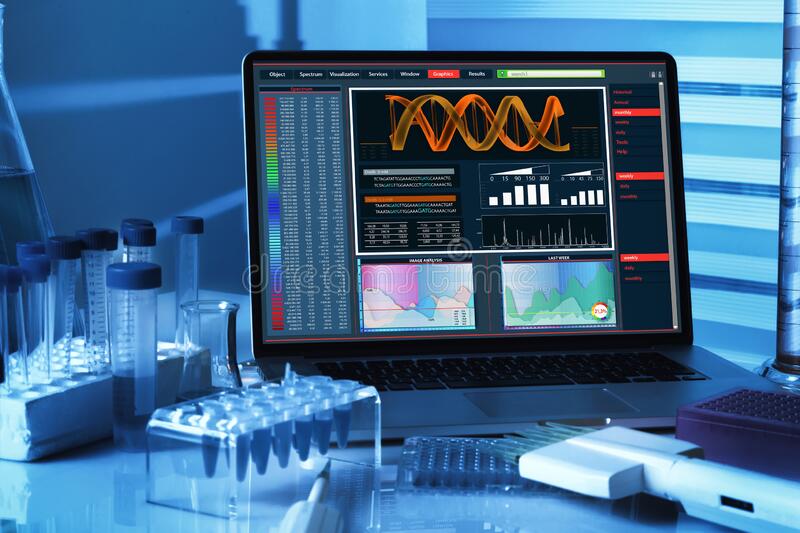As per the report published by Fior Markets, the global Sequencing Reagents market is expected to grow from USD 4.37 billion in 2020 and to reach USD 15.57 billion by 2028, growing at a CAGR of 13.55% during the forecast period 2021-2028.
The Sequencing Reagents market is witnessing significant growth in the past years. Sequencing reagents are utilized during the process of sequencing. They act as the essential part of sequencing reactions that can be used for various applications. The usage of reagents depends highly on the desired result to be obtained. These reagents operate on the traditional principle of reagent, which just focuses on triggering a chemical reaction. Such compounds are made of different types of compounds that function in combinations to provide the required results. The automation and streamlining of the workflow have reduced the overall time required for library preparation.
The global Sequencing Reagents market is expected to witness significant growth, owing to the rising funding for genomics and the presence of government programs that are supportive which augmented the growth of genomic sequencing in finding out the genomic variations associated with human diseases. In addition, the reduction in the costs helped in clinical research, the increase in the research & development (R&D) expenditure on genomic research, and the wide availability of new commercial kits that provides reagents for specific sequencing application contributed to the growth of the market. The adoption of advanced technology, surging demand for the reagents, prevalence of well-established market players, increased unmet medical needs, and increase in demand for therapeutic & diagnostic applications that provide momentum to the industry are some of the other factors that drive the market.
A covid-19 vaccine has been developed by several pharmaceutical companies. Genome sequencing has increasingly become an important tool for studying the outbreaks of disease. The increasing demand for third-generation sequencing (TGS), developments in sequencing technologies so as to provide high-yield data for large-scale genomic research, competition amongst the prominent market entities, and the increasing partnership & collaborations are the key trending factors that are anticipated to propel the market growth. The factors restraining the market growth are disruptions in the supply chain which are caused due to the halt in global operations and the lack of favorable policies for reimbursement. The regulations of next-generation sequencing (NGS) and the limited reimbursement policies hinder market growth. The advancements in technologies will provide market growth opportunities.
Key players operating in the global sequencing reagents market include LGC Bio Search Technologies, BGI Group, Illumina Inc., F. Hoffmann-La Roche Ltd., Pacific Biosciences of California, Inc., Trilink Biotechnologies, Qiagen, Thermo Fisher Scientific, Inc., Fluidigm Corporation, Takara Bio, Inc., Bioline, Agilent Technologies, Inc. and Oxford Nanopore Technologies.
For Additional Information, Get a Sample Copy
Next Generation Sequencing (NGS) segment dominated the market and held the largest market share of 38.45% in the year 2020
On the basis of technology, the global sequencing reagents market is segmented into Next Generation Sequencing (NGS), Third Generation Sequencing (TGS), and Sanger Sequencing. The Next Generation Sequencing (NGS) segment dominated the market and held the largest market share of 38.45% in the year 2020. This growth is attributed to the high throughput capabilities and low cost. It is adopted by clinicians for Virto diagnostics.
The oncology segment dominated the market and held the largest market share of 33.82% in the year 2020
On the basis of application, the global sequencing reagents market is segmented into Oncology, Agrigenomics and Forensics, Reproductive Health, and Clinical Investigation. The oncology segment dominated the market and held the largest market share of 33.82% in the year 2020. This growth is attributed to its ability to analyze genomics, tumor transcriptomics & epigenomics, and its high utility for clinical research & development (R&D) of cancer diagnostics and therapeutics.
The sequencing segment dominated the market and held the largest market share of 28.71% in the year 2020
On the basis of reagent type, the global sequencing reagents market is segmented into Control kits, Sequencing Kits, Template Kits, Library Kits, and Other reagent types. The sequencing segment dominated the market and held the largest market share of 28.71% in the year 2020. This growth is attributed to the existence of major high throughput platforms such as NextSeq, MiniSeq, iSeq, MiSeq, NovaSeq & HiSeq Series, etc. Control Kits held the fastest market share owing to quality control for sequencing, cluster generation & alignment.
The hospitals & Clinics segment dominated the market and held the largest market share of 35.43% in the year 2020
On the basis of End-User, the global sequencing reagents market is segmented into Hospitals & Clinics, Pharmaceutical & Biotechnology Companies, Academic Research, and Research Institutes. The hospitals & Clinics segment dominated the market and held the largest market share of 35.43% in the year 2020 as they are considered to be the primary contact centers for the patients so as to get their diagnosis done and also for treatment options.





























